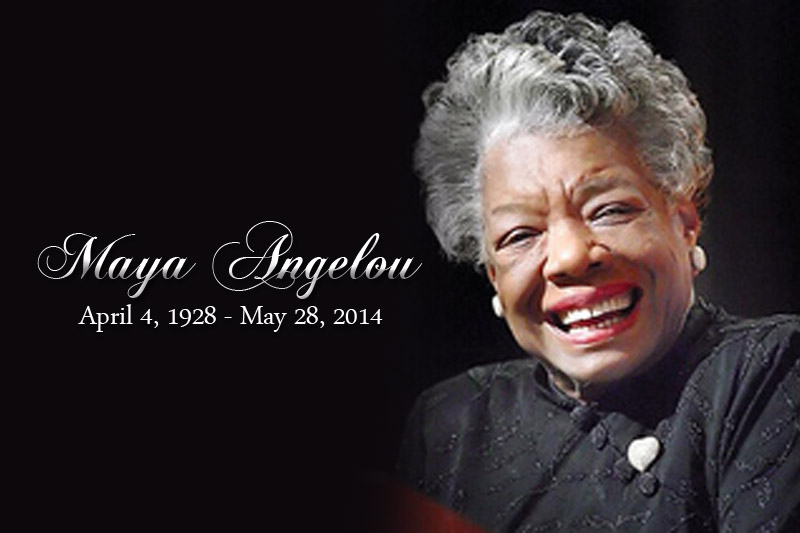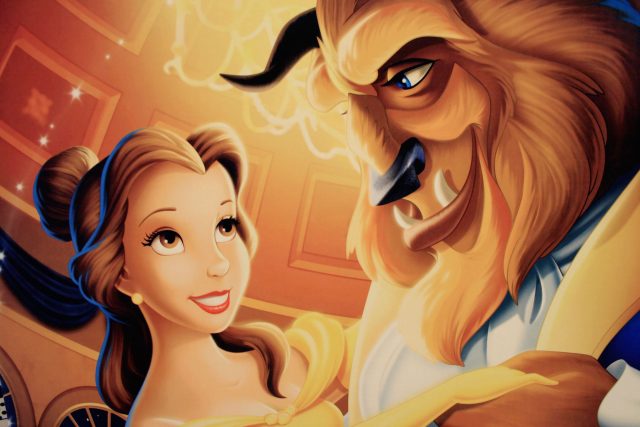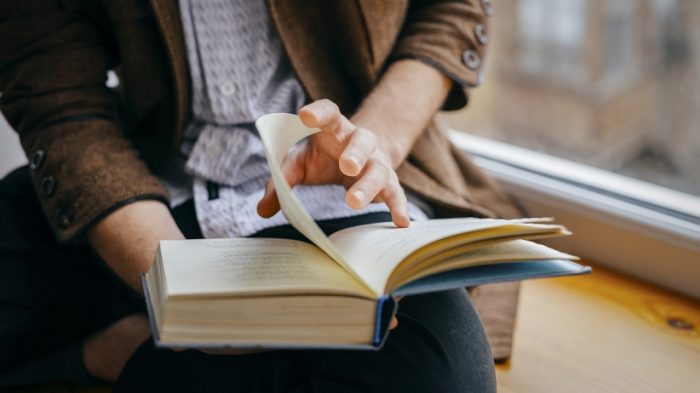If you think that the fight for women’s fair representation in comics has cropped up only recently…well, you’d be wrong. The battle has been raging for longer than you’d probably think, and the voices on the side of equality have included none other than graphic novel maestro Alan Moore.
Invisible Girls And Phantom Ladies
The article, Invisible Girls and Phantom Ladies, comes from an issue of The Daredevil dating back to 1983, but the arguments that Alan Moore puts forth are surprisingly modern. In it, Alan Moore tackles the serious problem of women not getting their fair share of representation in comics. He deconstructs some of the stereotypes women are often reduced to, and some of the dehumanizing, brutal treatment female comic characters often undergo.
He examines the success of women in the comic world, but also notes that it’s reserved either to editorial positions or in underground comics. “I think that it’s going to take some massive structural upheavals for [women making their presence felt] to ever be achieved,” he said, “and I think that the upheaval is more likely to come from below, from the readers and the people actually working in a creative capacity on the comic books under discussion.”
Not to say that these arguments are more valid because Alan Moore was saying them, but more to say: Look! Even Alan Moore was saying this stuff! A full 30 years ago! These are all arguments that are still being made; in fact, nobody would bat an eye if this article was printed tomorrow.
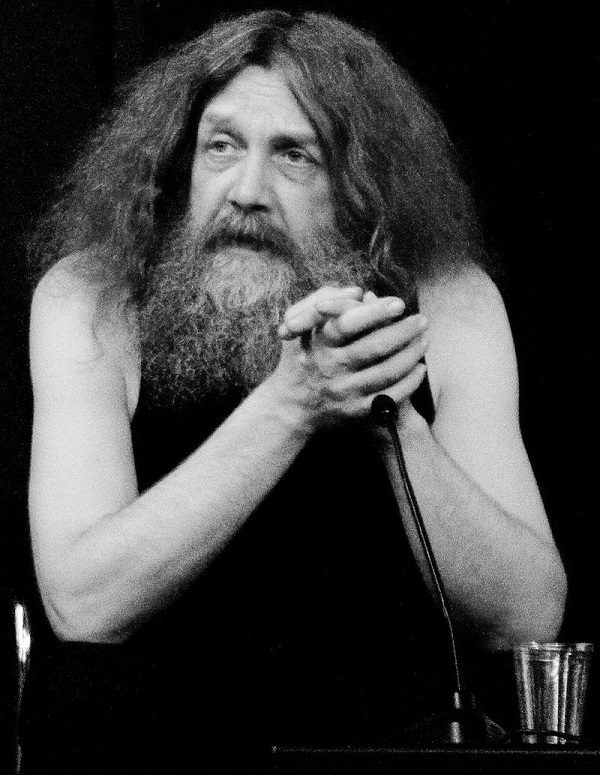
Source: Wiki Commons
Still, it’s not fair to say we haven’t made any progress since the 1980s. Let’s take a look at the state of women in the world of comics right now:
The Indie Scene
In his piece, Moore described how women artists and writers in the 1980s had found a home in underground comics. Indie comics are still very much alive today, and they’re still home to some of the most inclusive stories told by a diverse crowd of writers.
Image Comics has had some of the most success in the indie scene, with some of the most critically acclaimed – and diverse – comics around. Their featured creator page includes quite a few women artists and writers with impressive resumés, like Eisner Award nominee Kelly Sue DeConnick with her irreverent feminist sci-fi prison comic, Bitch Planet, and Fiona Staples, artist for the much-loved cult space opera, Saga.
The rub, or course, is that indie comics, by definition, are not the mainstream and don’t have the same reach as powerhouses like Marvel or DC. The presence of diversity in underground comics is not a substitute for diversity all around.
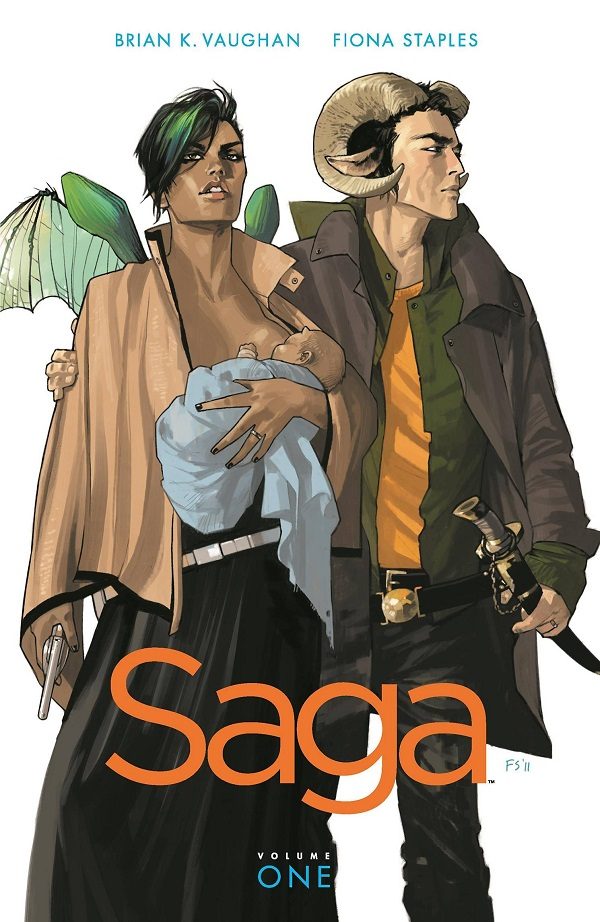
Source: Amazon
Webcomics
The internet age has introduced us to a new genre of comics: the webcomic. Technically a subgroup of alternative comics, webcomics have by the far the lowest threshold of entry: webcomic writers need little more than a web domain, a pen, and an idea to get started.
The type of gatekeeping that Moore describes in the mainstream comic industry is not present in webcomics, and as a result, women webcomic writers and artists such as Noelle Stevenson (Nimona) , Kate Beaton (Hark! A Vagrant), Allie Brosh (Hyperbole and a Half), Brennan Lee Mulligan and Molly Ostertag (Strong Female Protagonist), and Der-shing Helmer (The Meek) have been able to shine – and though webcomics remain mostly niche, it’s still a promising medium.
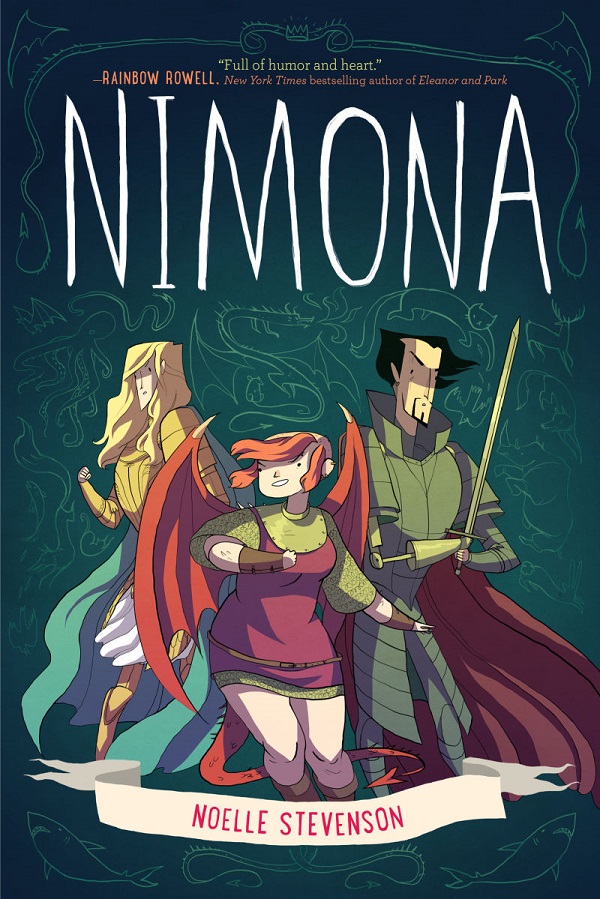
Source: Amazon
Graphic Novels
Graphic novels are home to rich, complex, and mature stories aimed at a wider audience than comics. The graphic novel is, of course, the medium where Alan Moore found his greatest success; in graphic novel format, he was free to examine in detail subjects like morality, humanity, and the effects of a totalitarian government.
The graphic novel Persepolis by Marjane Satrapi, a memoir about growing up in war-torn Iran that was adapted into an animated film, is a great example of how women have been able to share their stories through the medium. Another example is Blue is the Warmest Color, a story about both womanhood and queerness that was adapted into a film in 2013.
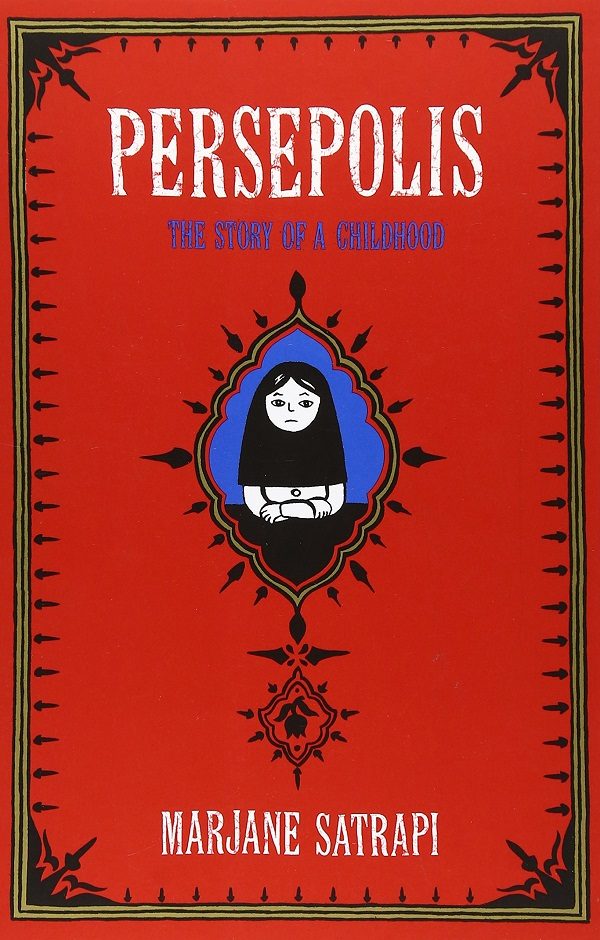
Source: Amazon
Mainstream Comics
It could be argued that mainstream comics have been the most sluggish to embrace change: they have their formula, and they stick to it, for the most part. The comic world is still male-dominated, with a majority of male writers and artists and a breadth of work still aimed at a male audience, though a few women like Sara Pichelli, co-creator of Miles Morales, stand out from the crowd.
Yet, comics with female leads have had their share of success, the new Ms. Marvel run of comics featuring Pakistani-American Kamala Khan, which won a Hugo award in 2015 and was the bestselling graphic novel in October 2014, is a singular example.
Studies tend to show that although the majority of comic readers are still male, the number of comic readers who identify as female is not an insignificant number. Even if the gap was further apart, maybe men as a group want diverse stories too. Maybe they’re also tired of seeing the same old overused tropes and stereotypes. This is merely speculation, as we’ll never know unless women’s fair representation becomes the norm.
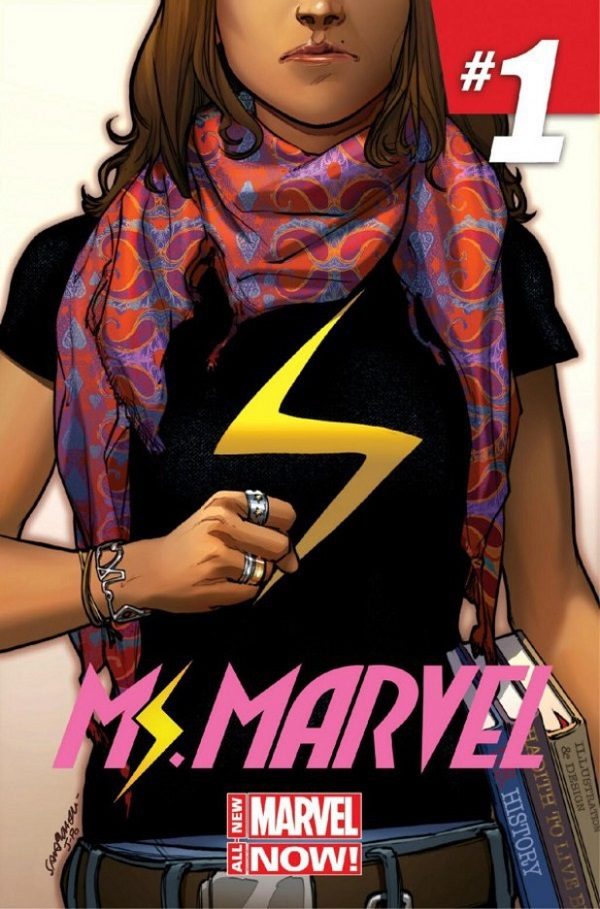
Source: Amazon
Let’s remain hopeful that we’ll make more progress in the next 30 years than we did in the last.
YouTube Channel: Ilikecomicstoo
Featured image via Wiki Commons
h/t LiveJournal
